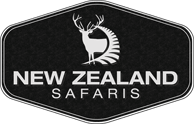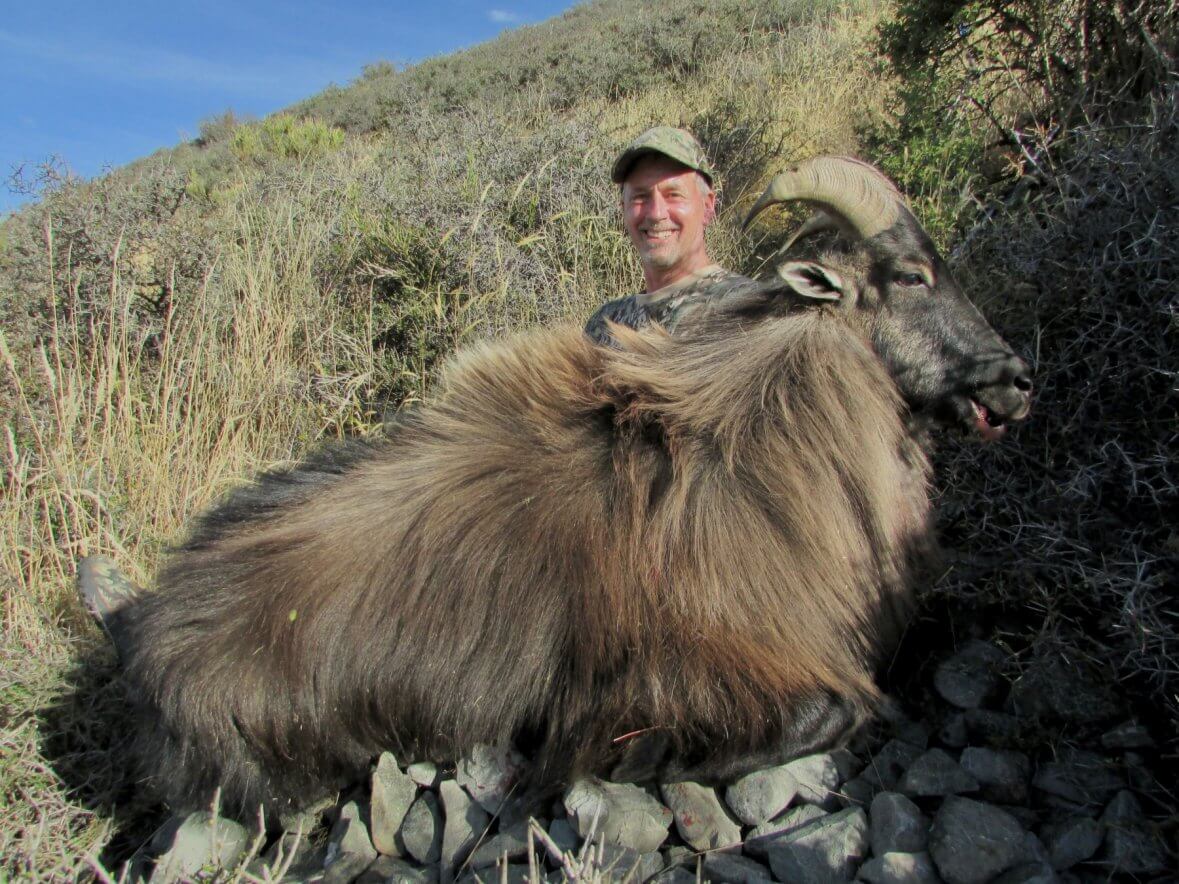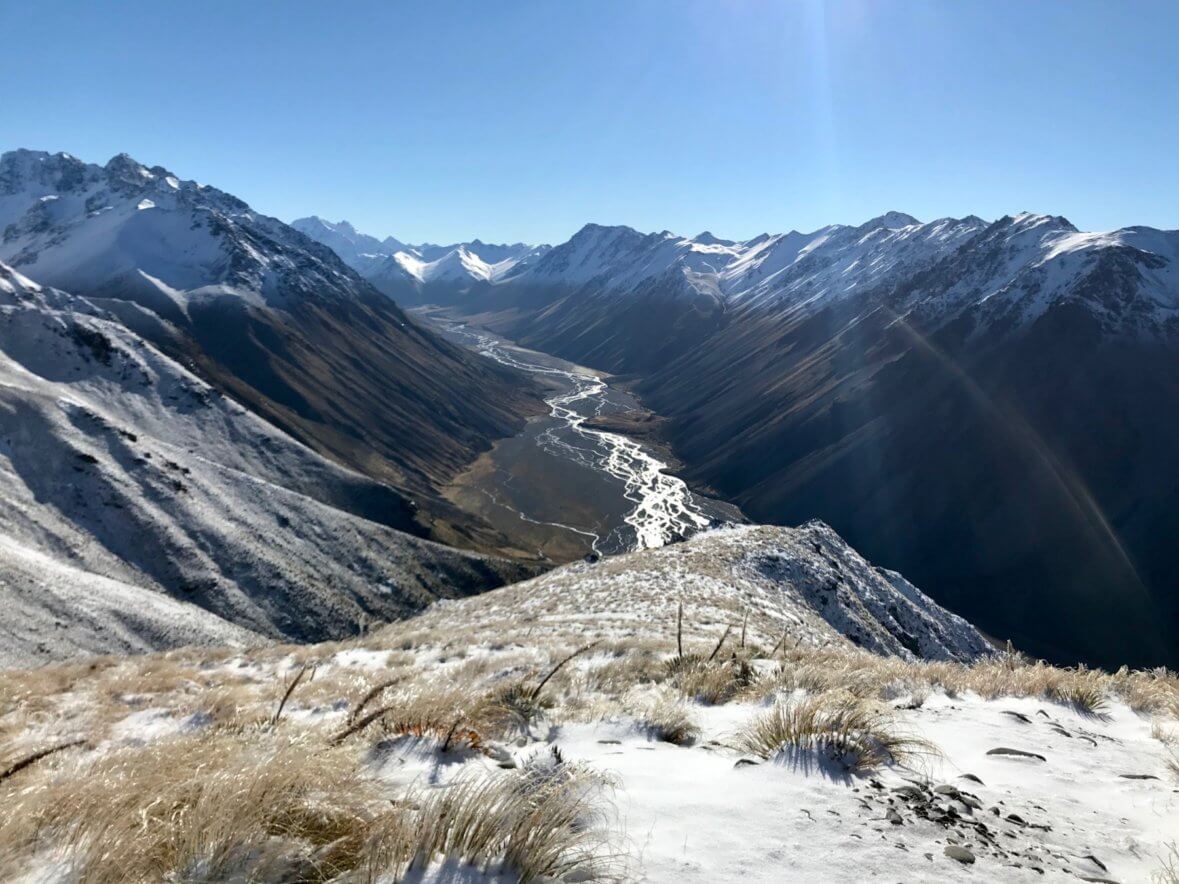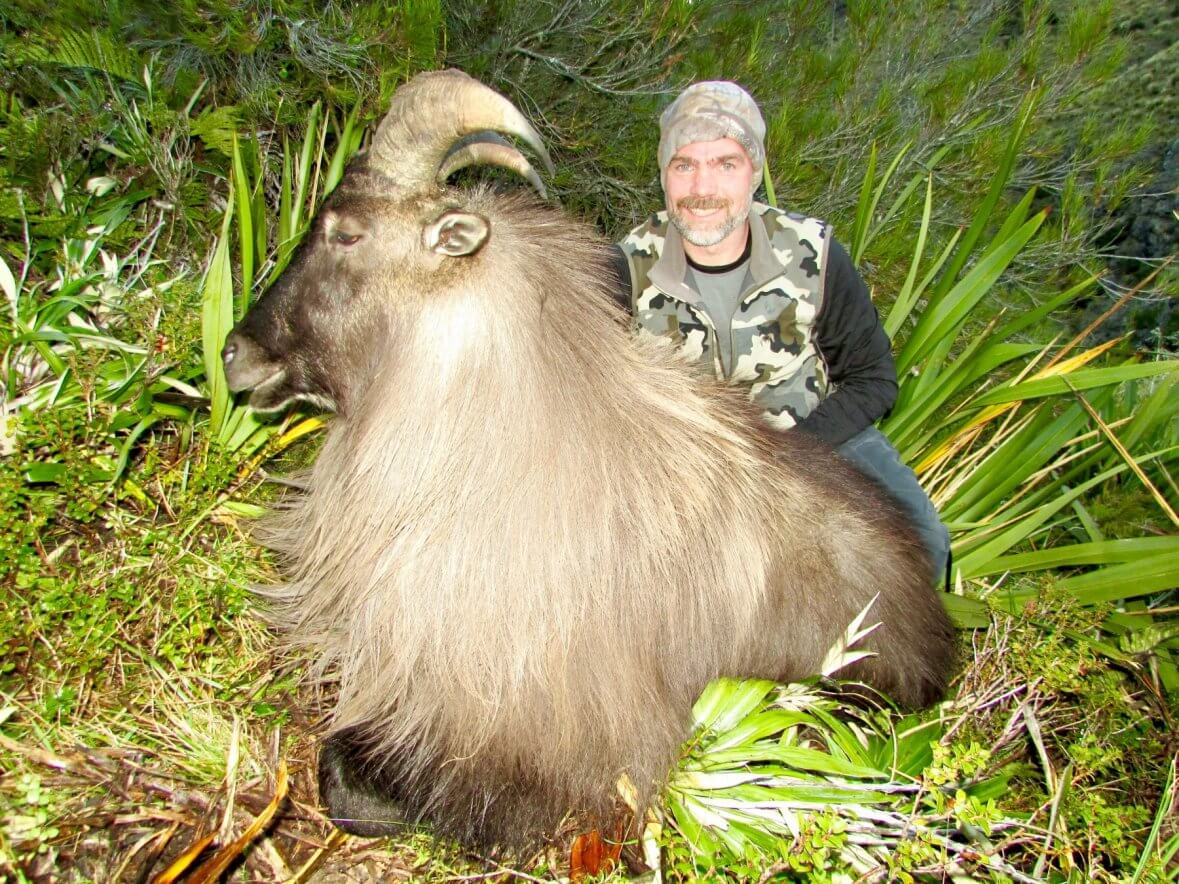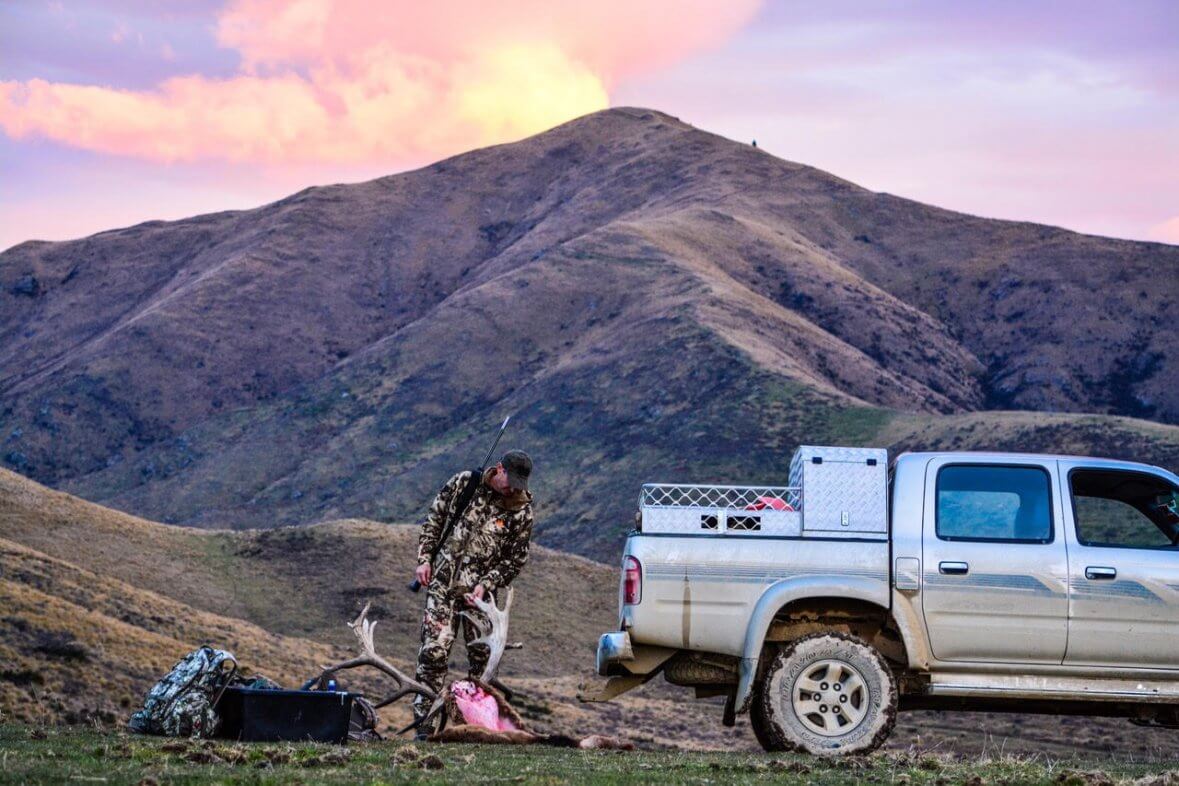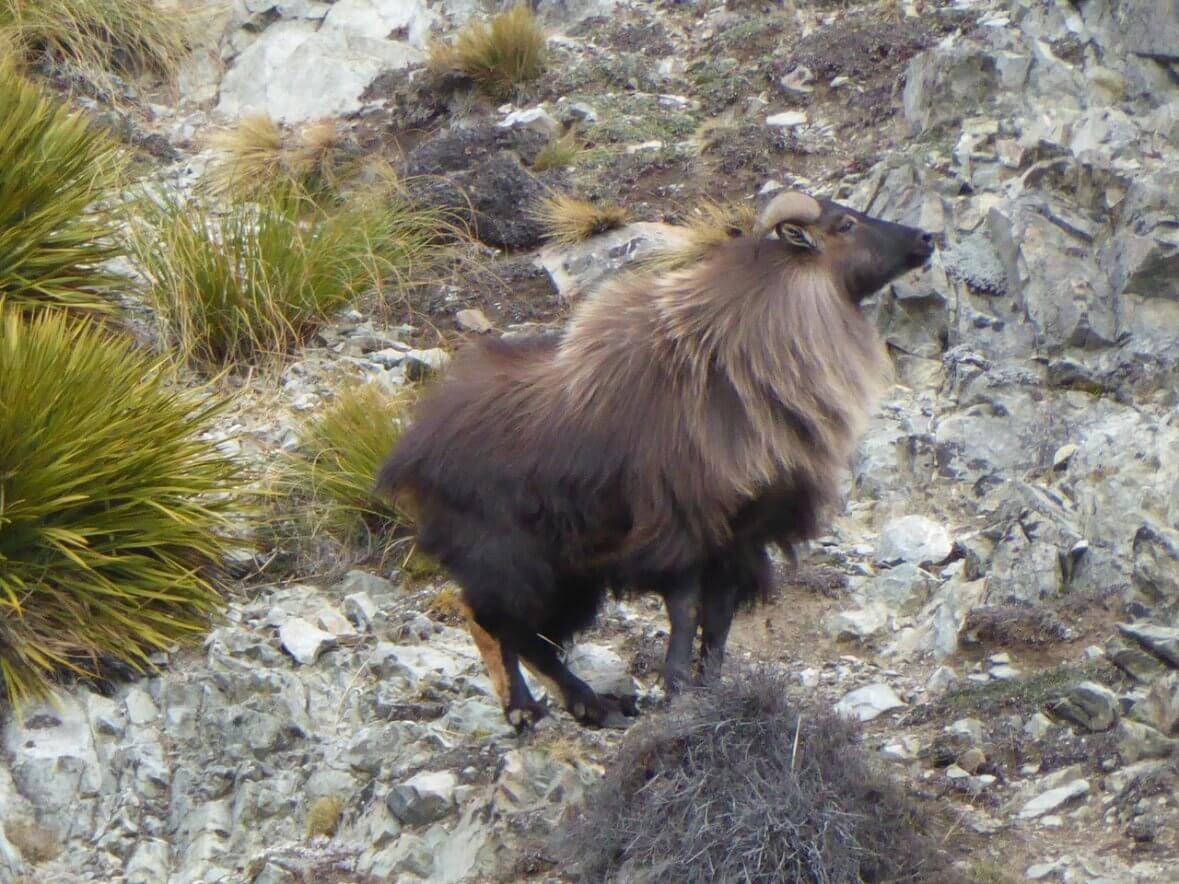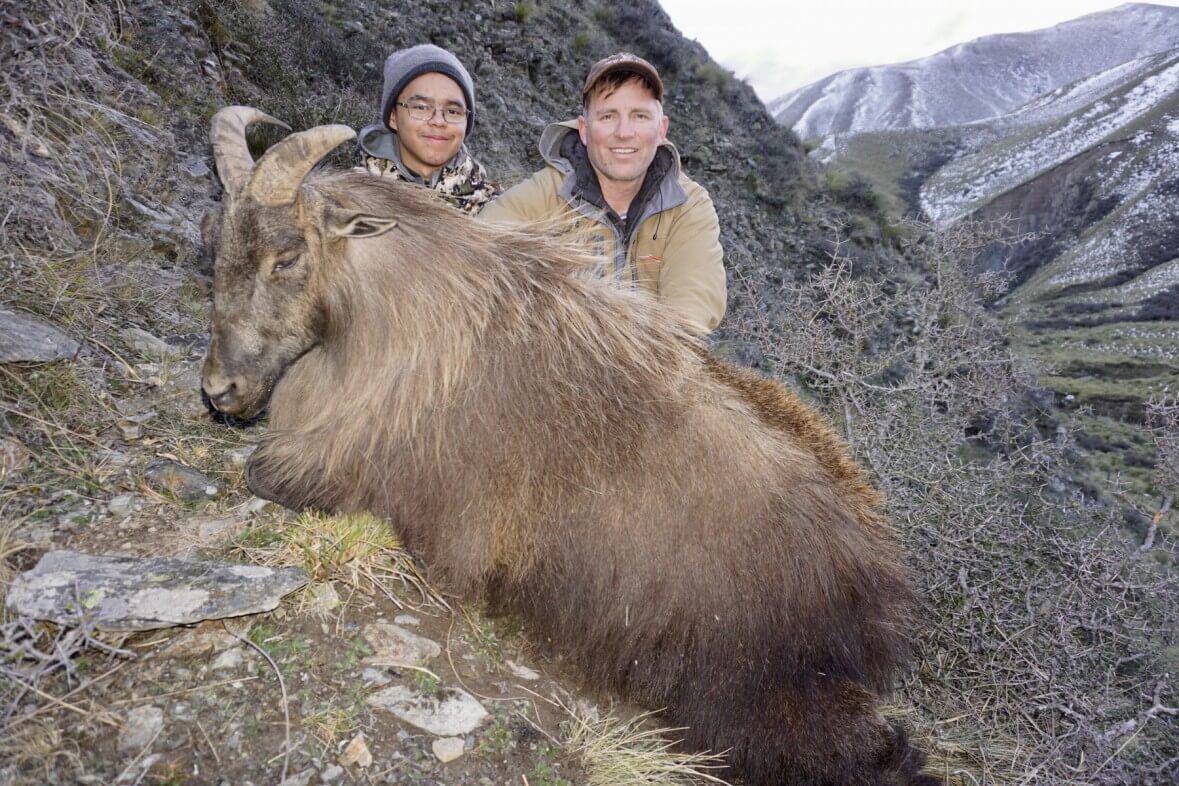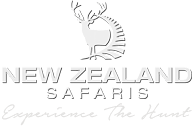Tahr in New Zealand are being targeted and culled on government land due to the minister Eugene Sage from the political Greens Party to wipe out these amazing animals. DOC (Department of Conservation) under Eugene’s order have begun killing tahr in Aoraki/Mt Cook and Westland Tai Poutini National Parks by way of helicopter gun ships before undertaking consultation with the hunting sector. This will change tahr hunting in New Zealand.
“The 1993 Plan was put in place as a best-guess at a time when little information was really known about tahr in our alpine environment to manage wild animals of crown land. The intention stated within the Plan was for it to be reviewed and updated as more science and information was developed which has never happened.” “DOC have never undertaken the proper research on vegetation impacts, herd densities and the contributions of recreational and commercial hunting that are necessary to inform future management. Instead they focus on short-term culling programmes like what is happening right now that pit the various stakeholders against each other.”
Hunting Tahr for the foreseeable future on government land will now be extremely challenging, and trophy Bulls near impossible to locate as the helicopters are currently shooting all Tahr they come across including Bulls. Jim Gibson from New Zealand Safaris has been for the last 14 years been guiding international clients on privately owned wilderness land exclusive to New Zealand Safaris. These areas have more so now than ever before become a very important refuge for not only managing the Tahr on these properties, but the Bulls have the opportunity to grow mature (6yrs old+) and have the ability for good feed without being constantly hunted by local hunters and helicopters. Giving them a high economic value to the land owners has meant that they can cohabitate in certain parts with their Merino Sheep and cattle in the mountains becoming an important part of their income, thus also encouraging management of these animals which includes reducing some of the female numbers for meat when required. Tahr hunting in New Zealand is set to change forever, hunters and more part time Outfitters will find it very difficult to even see a mature Tahr in the foreseeable future on government land, with mature Bull Tahr on private land likely to increase in value due over culling these privately owned Wilderness areas are set to play a major conservation role to the species that are already considered under threat in the Himalayas.
A Tahr (Hemitragus jemlahicus) are large goat-like animals, native to the central Himalayan ranges of India and Nepal. In New Zealand tahr are found in the central Southern Alps between about the Rakaia and Whitcombe valleys in the north to about Lake Hawea in the south. The main population today of Tahr still exist around the Mt Cook area in the central South Island.
Tahr are also known as and called Himalayan Tahr. Tahr are originally from Nepal they were gifted to New Zealand over 100 years ago for sport They have found the Southern Alps of the South Island ideal habitat. The Himalayan Tahr was introduced to the central South Island of New Zealand. Specifically the Mt Cook area which also happens to be the home of New Zealand Safaris.
Tahr are generally found in the alpine grassland zone, where they graze on snow tussocks, alpine herbs and sub-alpine shrub-land plants.
The male tahr’s summer coat is a reddish-brown, females a medium brown, both turning dark brown in winter. The bull tahr has an impressive mane of long hair around the neck and shoulders.
Tahr are popular with recreational and international hunters for their horns, the male’s striking mane, and for the experience of this mountain like goat hunt.
Tahr are social animals and form easily recognisable groups. Adult females, yearlings and kids gather together, males over 4 years form bachelor groups, and younger males hang out together in separate, smaller groups. Males mix in with the females in their range over the winter breeding season but during the summer months they often travel long distances away from the female groups. A mature male is considered 6 years or older which you can count by his rings on his horns which is a trophy Bull. Tahr can be hunted both on government land or private land. With the culling operations that are presently happening hunters after a quality experience have now learnt that private land is far more successful in taking mature trophy Bulls with a recognised outfitter like New Zealand Safaris, over hunting against other hunters and helicopters on public lands in the same areas.
A male Bull Tahr can weigh up to 300 pounds and will hold up to 50 nannies and kids during the rut. The tahr rut normally happens in May-July. Bull Tahr will get older and will have longer horn growth when then inhabit privately owned, free range areas where the hunting is well managed. These animals have the ability to come down to lower areas to feed on sweet grasses unlike the tahr you will find on public or government land.
Today Tahr are found along the Southern Alps of the South Island but more specifically centralised in the middle part of the South Island still today in the Mt Cook, Mackenzie region.
About one third of the total land area in New Zealand is public land, that mostly can be hunted. When hunting on public land you will need to have a D.O.C permit, and a New Zealand Firearms permit. A lot of the public hunting areas in New Zealand has no management or restrictions at all, which means the animals can be and are hunted year round. Over the years, this lack of management has affected the quality of trophy heads, the habitat, and characteristics of the animals. Most often we see these animals becoming nocturnal and very spooky. You will especially notice the differences within the red deer population. A red deer taken on public land usually has a noticeable difference and lack in quality compared to that of private land hunting.
So where can you hunt in New Zealand? Some of the animals are only in one island, or will only be within certain areas of the islands. It is important to figure out exactly what species you are after and then you can figure out exactly where in New Zealand you should be hunting according to the species you are after,
North Island Species
In the North Island species to hunt are predominantly deer; Red deer, Sika deer, Sambar deer, Fallow deer, Rusa deer. You will also find Goats, and birds.
South Island Species
In the South Island species to hunt are Red deer, Fallow deer, Elk, Whitetail deer, Tahr, Chamois, Wild Ram, Alpine Goat, Wallaby, and birds. Again many of these species are more prominent in some areas. For example, Tahr, which are mainly in the central South Island near Mt Cook.
New Zealand Safaris offers free range and fair chase hunting opportunities. Our lodge is located in the South Island but we arrange hunting safaris in the South Island, North Island and Australia. If you are considering taking a hunting trip to New Zealand investigate all of your options before determining where to hunt in New Zealand.
Meet Reece, on his second free ranging and wild on foot tahr hunt with us, on our private land. On this hunt Reece got an 8 year old bull tahr, with 13 inch horns.
These properties have excellent mountain roads which allows us to cater to all levels of hunters. From glaciers to river valleys non-hunters have an opportunity to enjoy the scenery and watch the game.
Our properties are all within 40 minutes of our main hunting lodge, or we can camp out in the back country cabins.
You can tell the age by counting the rings on the horns and the lamb tips. On a tahr hunt, a bull is considered mature and a trophy when he reaches 6 years old. On private land exclusive to New Zealand Safaris animals are not under constant hunting pressure so get time to reach maturity and their full potential which makes for some amazing tahr hunting.
When field judging on a tahr hunt, include factors such as body size, cape and colour are important after length of horns 12+ inches is considered a trophy.
Averaging at 270 lbs these are truly magnificent animals and an amazing hunt in some of the most spectacular scenery you will ever see. If you truly value sheep hunting and the mountains and scenery that go hand in hand with this big game hunt, then you will love hunting with us, many bring the non hunter also to be in these amazing places. If clients would prefer we can utilize a helicopter for access up onto the tops for day hunts.
The rut runs from around late May to the end of July with hunting from February to the end of November. If you are looking to plan a tahr hunt, get in touch with us.
There are 11 big game New Zealand animals to hunt, 4 varmints, and a variety of birds including turkey and ducks. Due to a lack of management on government land, the trophy animals are typically much larger and older on private land because of the lack of hunting pressure, improved genetics and food quality.
Himalayan Tahr, also known as ‘the king of the mountain’ in New Zealand Bull Tahr are only found in the South Island of New Zealand. The trophy Bull Tahr population heavily concentrated along the central part of the Island both West and East coasts. Judging a trophy Bull Tahr can be tricky in the warmer months, finding them alone can be a real challenge. You really need to look in heavy native cover, the older Bulls will seldom come out at all if it is hot, maybe making it to the fringes at dark and gone by first light. High quality optics are essential, using both binoculars and spotting scope, you pay for what you get in glass so there really is no substitute.
In April 2018 we saw one of the heaviest early snows in the high country we have seen. For Alaskan Outfitter Jeff Burwell and family this could not have been better timing for tahr hunting with New Zealand Safaris.
